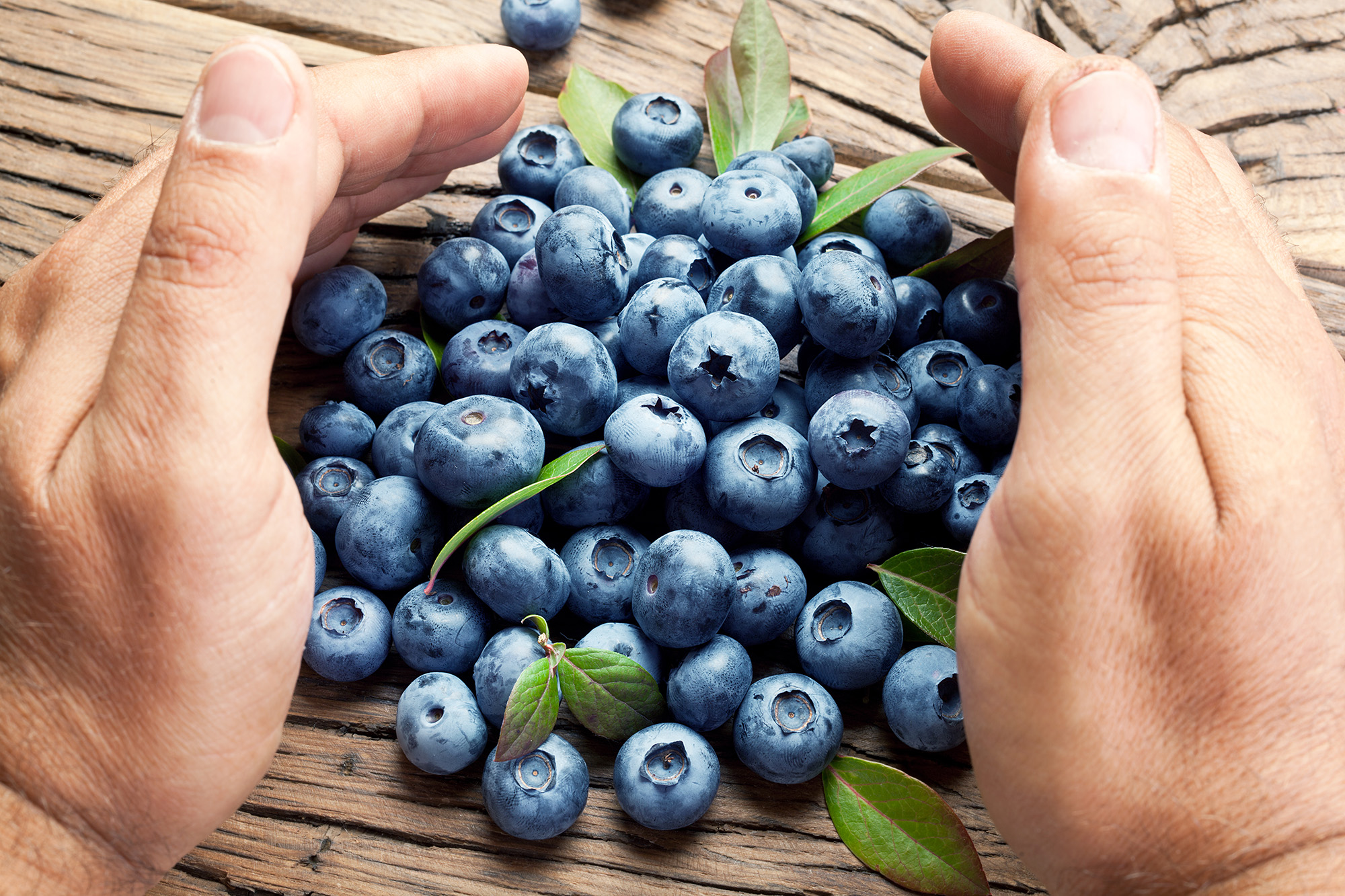Agronometrics in Charts: Blueberries become Peru’s main agro-export crop, surpassing grapes in value
In this installment of the ‘Agronometrics In Charts’ series, Sarah Ilyas studies the state of the Peruvian blueberry industry. Each week the series looks at a different horticultural commodity, focusing on a specific origin or topic visualizing the market factors that are driving change.
Peru is on track to export a record 287,000 tonnes of blueberries worth $1.4 billion this season, making the produce the country’s most valuable agricultural export by value.
From the beginning of the 2022/2023 campaign in June until mid-March, Peru exported 283,000 tons of fresh blueberries, a 30% increase over the same period during the previous campaign (2021/2022). In terms of monetary value, blueberries have surpassed grapes as Peru’s most important export crop.
According to Fernando Cillóniz, president of Inform@cción, the Peruvian blueberry campaign window is becoming wider (from June to March), registering its peak in the months of September and October. He added that for the next campaign (2023/2024), the country will ship between 330,000 and 350,000 tons of fresh blueberries. He also projected that by the end of this year, the blueberry areas in Peru would be close to 20,000 hectares.
“This good performance is the outcome of more than 10 years of investment by companies. We have a production that we hope will continue growing. Therefore, a stable legal framework is needed that truly promotes private activities,” says Lizbeth Pumasunco of Adex Consulting.
This season saw incoming volumes peaking at 7.8 K tonnes. Volumes are continuing to trickle in as the season draws to a close. Luis Miguel Vegas, general manager of Proarándanos, stated the season had been challenging because of pricing pressure brought on by an oversupply in Europe, as well as higher production and freight expenses, in addition to political and social upheaval at home.
He emphasized that while Peru’s blueberry output continues to grow, the industry would need to increase its promotional efforts in important countries like the US and China to stop further price erosion.
 Source: USDA Market News via Agronometrics.
Source: USDA Market News via Agronometrics.
(Agronometrics users can view this chart with live updates here)
More than 62 blueberry varieties are either registered or being developed in Peru, according to official data, with research focused on high productivity and uniform performance. In terms of fruit profiles, Peruvian producers are pursuing berries which are vigorous, firm, extra-large, sweet, less tart, crunchy, and can endure long chilling.
The industry is also seeking fungus/pathogen-free packaging to increase blueberry shelf life since logistical difficulties are leading to lengthier transit times to destinations.
Pricing this season ranged from $13.93 per package in week 44 of 2022 to $25.33 per package in week 10 of 2023.
 Source: USDA Market News via Agronometrics.
Source: USDA Market News via Agronometrics.
(Agronometrics users can view this chart with live updates here)
According to the Annual Blueberry Report published by the USDA, Peruvian blueberries benefit from the U.S. – Peru Free Trade Agreement (PTPA), allowing Peru to export blueberries to the United States tariff-free. This bilateral agreement, signed in 2009, has helped the agricultural sectors of both countries.
A significant amount of U.S. blueberry genetics (plants invitro) have been exported to Peru, also with zero tariffs, where they are grown, harvested, and the fruit shipped back for consumption in the United States. Over fifty percent of Peruvian blueberries are consumed in the United States.
 Source: USDA Market News via Agronometrics.
Source: USDA Market News via Agronometrics.
(Agronometrics users can view this chart with live updates here)
In our ‘In Charts’ series, we work to tell some of the stories that are moving the industry. Feel free to take a look at the other articles by clicking here.
All pricing for domestic US produce represents the spot market at Shipping Point (i.e. packing house/climate controlled warehouse, etc.). For imported fruit, the pricing data represents the spot market at Port of Entry.
You can keep track of the markets daily through Agronometrics, a data visualization tool built to help the industry make sense of the huge amounts of data that professionals need to access to make informed decisions. If you found the information and the charts from this article useful, feel free to visit us at www.agronometrics.com where you can easily access these same graphs, or explore the other 21 commodities we currently track.
13/04/2023







